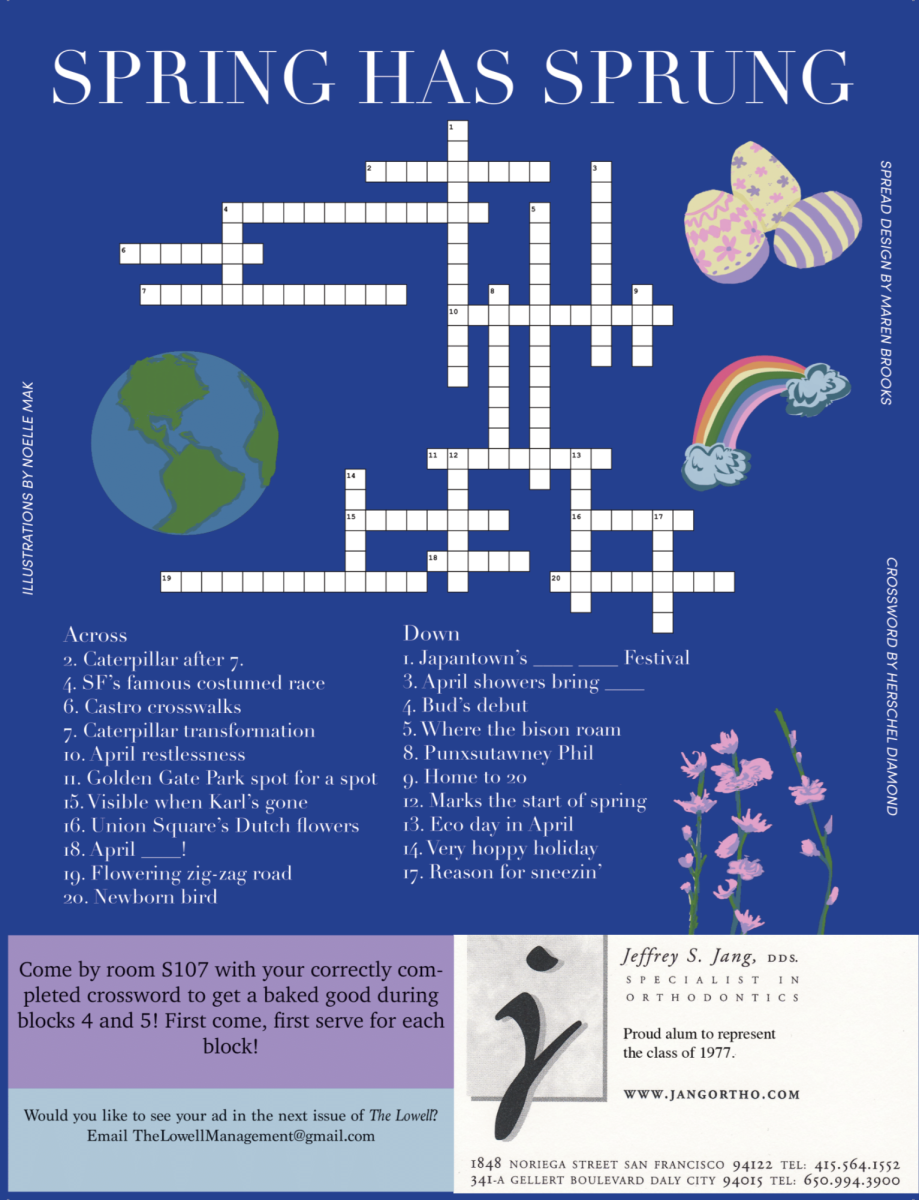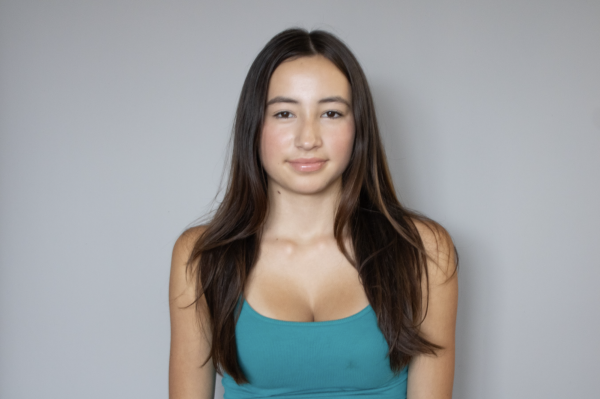For the first few months, I hear the song everywhere. In the grocery store, when I open my phone, playing from some unidentified speaker, or sung under a classmate’s breath, it seems to be wherever I turn. It gets stuck on repeat in my head for two weeks, driving me insane, and then, suddenly, it’s gone. Listening to that once-popular song instantly becomes cringey, uncool, and annoying. Oh my God! No way you actually listen to that song unironically. That’s so two months ago.
Music needs to be saved from the claws of social media microtrends. These cheap methods are quickly becoming the only way to achieve success and gain recognition, and they’re taking over the way that society interacts with music. Artists should strive to cultivate a following without shoving their way onto Explore pages and creating oversaturated aesthetics to appeal to trend-hungry listeners. I want to find music naturally and connect to organic lyrics and sounds, free from the same overused beats and split-second success pop stars that are endlessly trending in the media.
Social media platforms can be beneficial to an up-and-coming artist’s success, boosting short video clips and providing songs and artists with attention and an instant following. Take, for example, Little Nas X, the little-known rap artist who suddenly skyrocketed on charts when his song “Old Town Road” became popular on Tiktok in 2019. The song accumulated 2.9 billion streams in its first year. This catchy blend of country and rap helped the artist establish himself, dominating social media sites and radio stations. However, after that brief moment of popularity, Lil Nas X has all but disappeared from the music scene. His newest song “need dat boy,” is yet to reach even a million streams since its drop in early November 2024. Doomed to remain a 2020 rapper, his music no longer captures the attention of the internet’s music trend enthusiasts.
Short-form videos are a widely consumed media type, something that artists are encouraged to use to their advantage. As of 2022, Tiktok is the most downloaded app worldwide, with over 150 million active users in the United States. The short length and wide range of subject matter, paired with upbeat tunes, makes watching Tiktok incredibly addictive. It is no surprise that when artists see trends in songs blowing up in the media, they try to gain traction by altering their songs to be short and catchy. A song may become the top hit of the week, with a melodic chorus created to please social media algorithms and conform to the format of 15-second content. It appears on millions of screens worldwide, coupled with silly dances or trends. However, this emphasis on viral music prevents the song from becoming timeless, and the overall quality of the songwriting is diminished.
As someone who views music as a way to connect with others and with myself, this recent influx of trashy jingles and pop hooks ruins the magic of music for me. I see music as an outlet, a medium that one can turn to for inner peace and emotional reflection. Hearing the latest releases of trending, chart-climbing artists sparks no emotion. Anyone can start chanting when “FE!N” by Travis Scott, a song that has a chokehold on our generation, starts playing, but most listeners form no deeper bonds with the music beyond that. Songs like these overtake spaces where I could be sharing new music with others. I find my friends not wanting to hear a new song I enjoy if it’s not trending on Tik Tok with familiar lyrics they can sing.
The internet has created whole lifestyles around certain songs, overshadowing the actual music. Charli xcx, an already well-established singer, gained millions more supporters from the neon green aesthetic of her summer 2024 album release, Brat. Everyone was eager to hop on the “Brat Summer” bandwagon, sparking endless online discourse about what it means to be “Brat.” With this Gen Z fascination impacting even the political campaign of Kamala Harris, the influence of this trend was sweeping and inescapable.
Social media may quickly boost an artist’s potential, but just like other Internet trends, these artists’ moments can’t last. By September, neon green was out and another trend had proclaimed Brat “dead.”
When these overnight pop stars step out of the safe algorithmic image they’ve created, the internet is quick to strip them of their marketability and appeal. Tiktok trolls show no mercy in shooting down artists, and no action can escape examination. Another trending artist, Chappell Roan, felt the pressure of her newfound fame when fans scrutinized her politics after she chose not to publicly endorse either presidential candidate. This backlash added up, and after canceling tour dates from overwhelming stress, the star has been consumed by the internet’s churning machine of fame.
I’m sick of repetitive beats and media stunts taking over social media and infecting my playlists. Artists should strive to create emotion in their albums, cultivating nuanced sounds and creating music with care and artistry, not begging to blow up as social media’s next microtrend. Though the music plastered across social media apps seems almost inescapable without complete removal of these apps — which is an almost impossible request to fulfill as a person living in our digitally connected society — I find solace the best I can in my curated playlists. I listen to the timeless, sweetly singing voices of Lorde, Adele, and Solange, trying to block out the toxic noise of internet media consumption.















